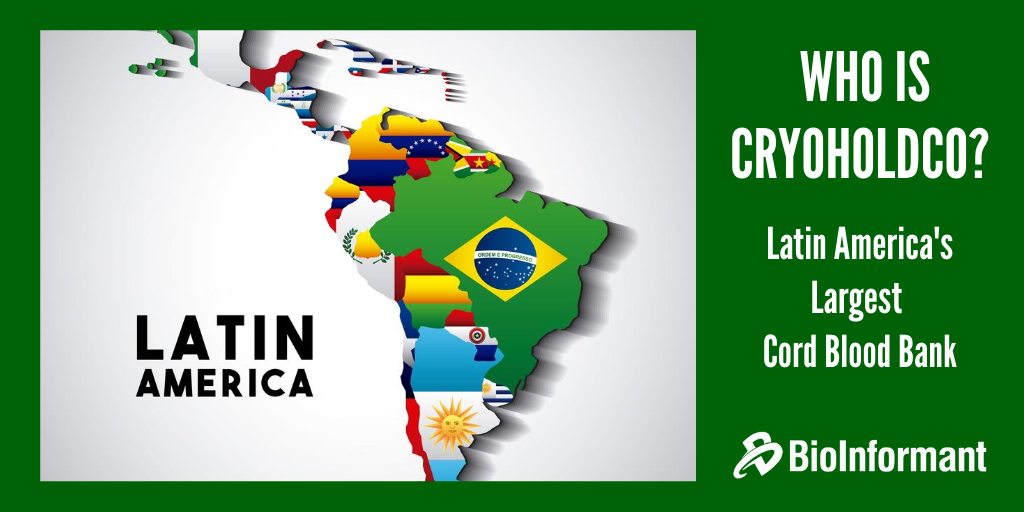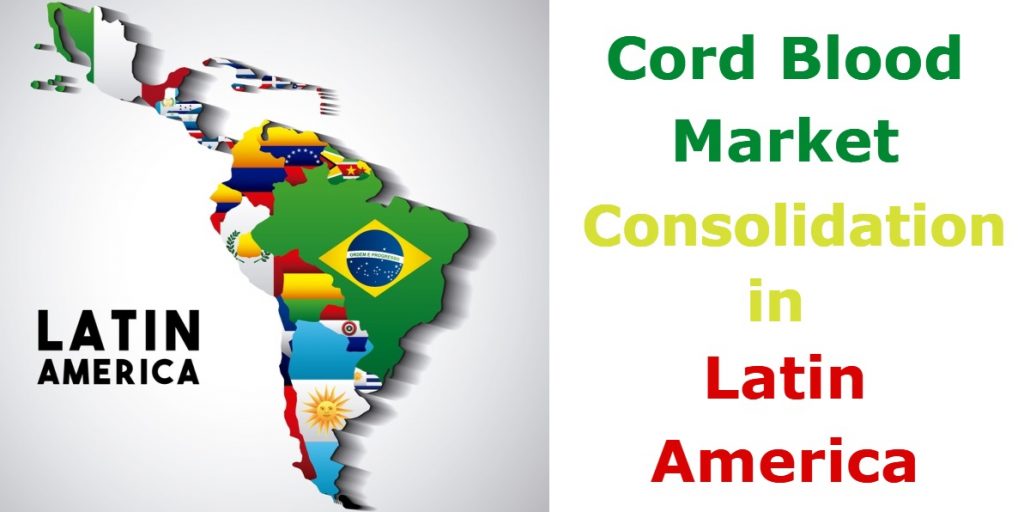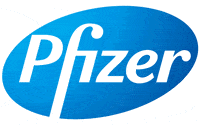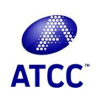The cord blood industry came into existence in the early 1990’s with the formation of several cord blood banks in the U.S. and worldwide. It has been 40 years since it was first proposed that stem and progenitor cells were present in human cord blood. [Read more…]
Who Is CryoHoldco? Latin America’s Largest Cord Blood Bank
CryoHoldco is a stem cell bank holding company that is the market leader in Latin America and one of the top 10 largest cord blood banks in the world. CryoHoldco is now seven times larger than any other stem cell bank in Latin America with over 275,000 stem cell units in storage.
History of Cord Blood and Tissue Banking: Landmark Events and Pivotal Trends
The global cord blood industry came into existence in the early 1990’s with the formation of several leading cord blood banks in the USA, followed by the establishment of cord blood banks across the globe. However, the history of cord blood stem cell transplantation begins much earlier than that. [Read more…]
Cord Blood Banking in Latin America – Interview with James Mendez of Cryoholdco
In this interview with James Alexis Mendez, we discuss the market strategy of CryoHoldco, a stem cell bank holding company that is the market leader in Latin America and one of the ten largest cord blood banks in the world. James Alexis Mendez currently serves as the CFO and Board member of CryoHoldco. Approaching 200,000 stem cell units in storage, CryoHoldco is more than 5X larger than any other stem cell bank in Latin America. CryoHoldco owns the cord blood market leaders in both Mexico and Colombia, and plans to expand into other regions of Latin America. [Read more…]
100+ Current and Future Uses of Umbilical Cord Stem Cells
Umbilical cord stem cells are present within the cord that connects a newborn to its mother and uses of these birth cells include treating cancers, diseases, injuries, and more. Umbilical cord blood contains hematopoietic stem cells (HSCs), which are multipotent stem cells that can give rise to other blood and immune system cells.
Stem cells can also be collected from a newborn’s:
- Umbilical cord tissue (Wharton’s jelly)
- Placenta
- Amnion
Most commonly, hematopoietic stem cells (HSCs) from cord blood are used to treat blood cancers, such as leukemia. When compared to hematopoietic stem cells from genetically matched bone marrow donor, cord blood HSCs may provide some medical advantages, including fewer immune system complications, such as graft-versus-host disease (GvHD).
In recent years, regenerative medicine has continued to increase the list of medical uses for stem cells from umbilical cord. Find out more about current and future uses of umbilical cord stem cells below.
In this article:
- 1
- 2
- 3
- …
- 33
- Next Page »





















